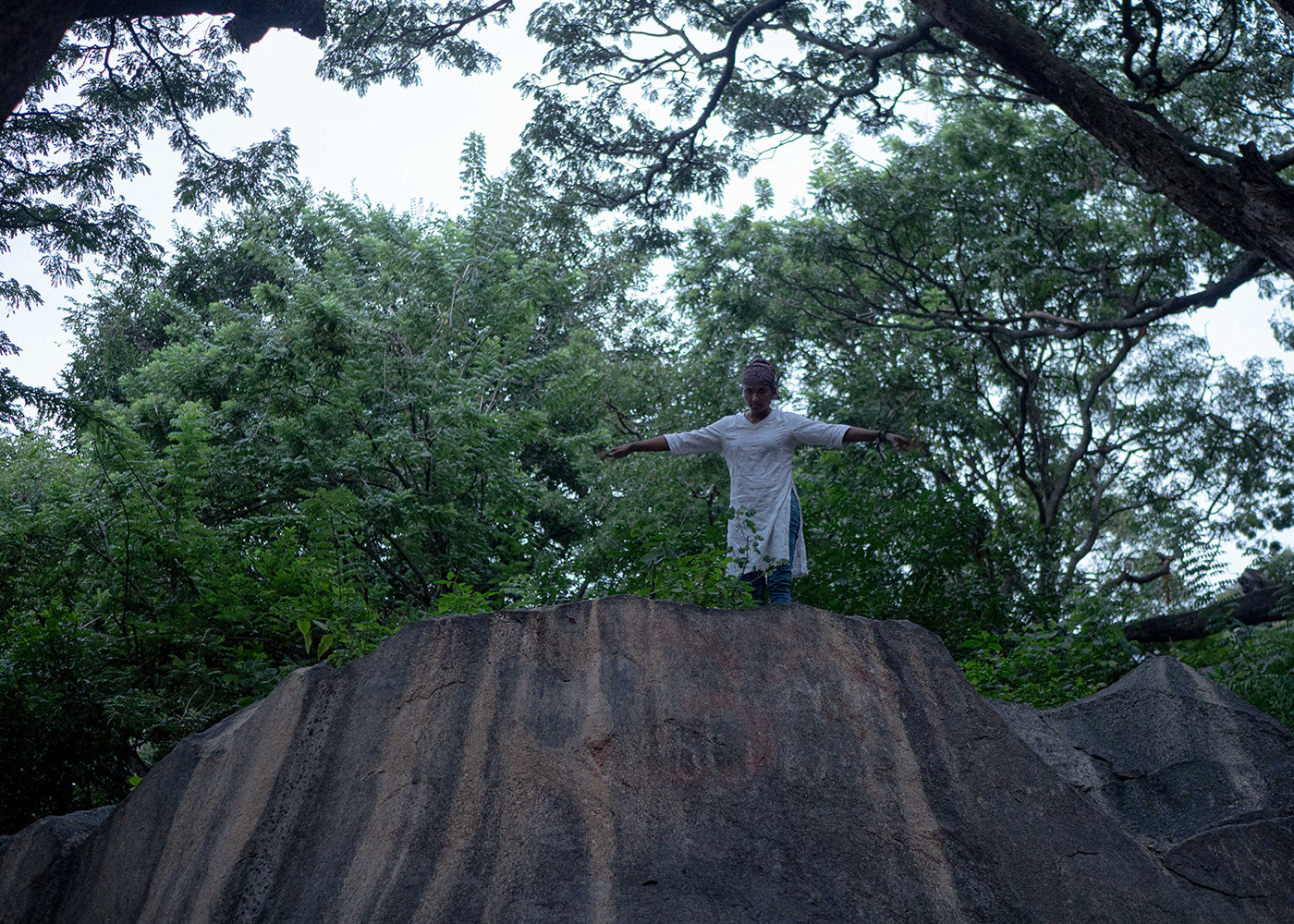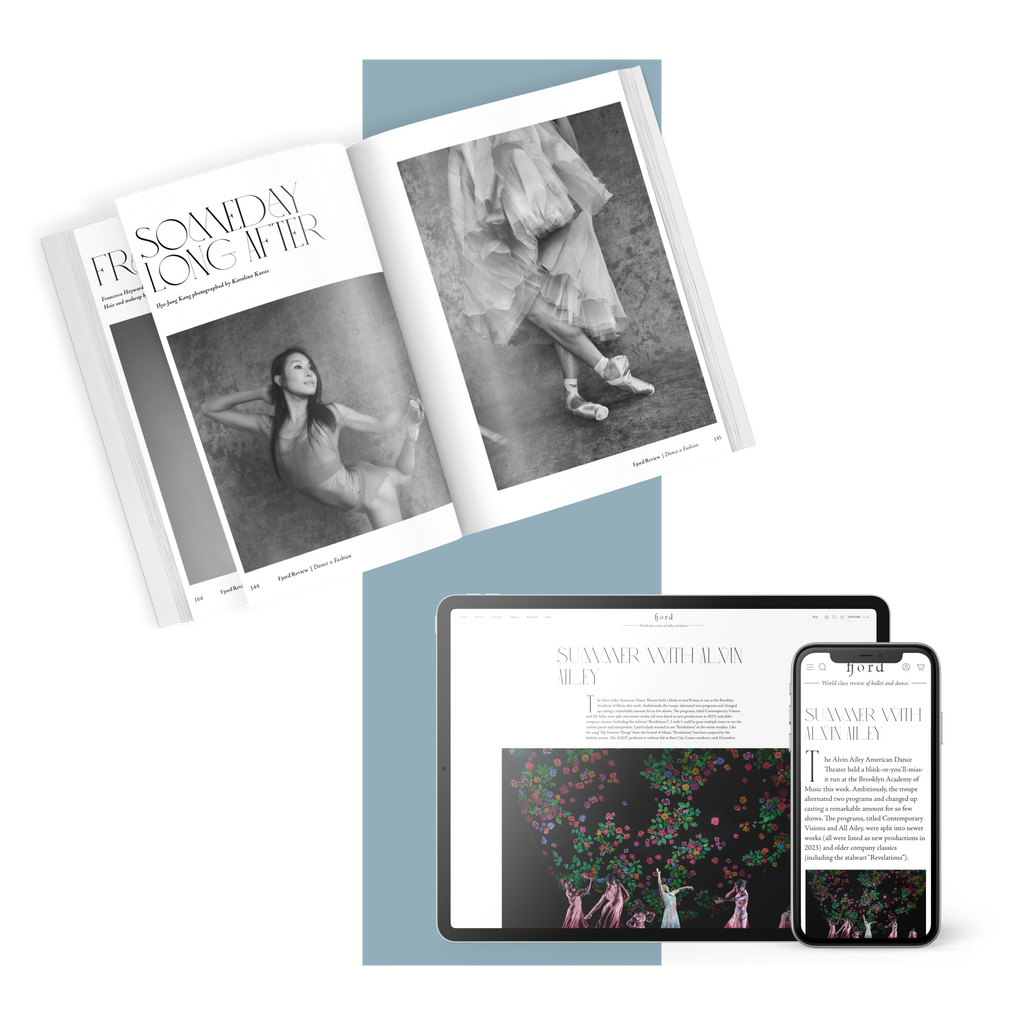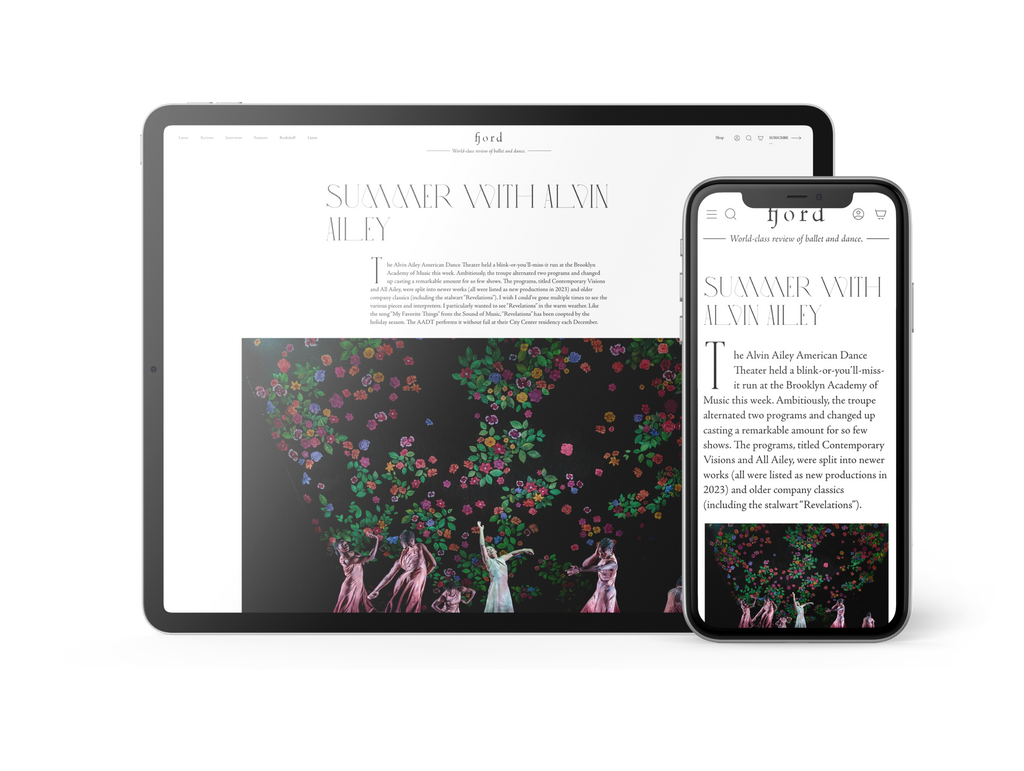Strong Foundations
The Sun King not only invented ballet in its modern form but in 1713 also founded the oldest ballet academy in the world.
Plus
World-class review of ballet and dance.
Commissioned by Fuel and directed by filmmaker JJ Abrahams, this intensely personal film, “Salt & Sugar” for Dance International Glasgow is beautiful, but bracingly unsentimental. At forty, critically acclaimed choreographer and dancer Hemabharathy Palani is looking back and taking stock of her life thus far. This film isn't a linear, autobiographical piece though—it is lyrical and dense, showing Palani dancing, teaching and exercising in a variety of locations, such as forests, shimmering grassy fields and indoors in practice studios.

Still of Hemabharathy Palani in dance film, “Salt & Sugar.” Image credit: JJ Abraham


“Uncommonly intelligent, substantial coverage.”
Your weekly source for world-class dance reviews, interviews, articles, and more.
Already a paid subscriber? Login
The Sun King not only invented ballet in its modern form but in 1713 also founded the oldest ballet academy in the world.
PlusThe Choreographic Platform Austria (CPA) held in Salzburg from 20–22 November 2025, has become a biennial focal point for contemporary dance in Austria.
PlusIt’s “Nutcracker” season at San Francisco Ballet—36 performances packed into three weeks—which means that the company is currently serving two distinct audiences.
PlusLast week I caught up with choreographer Pam Tanowitz and Opera Philadelphia’s current general director and president, countertenor Anthony Roth Costanzo to talk about “The Seasons,” the company’s latest production premiering at the Kimmel Center’s 600-plus seat Perelman Theater on December 19.
Plus
comments